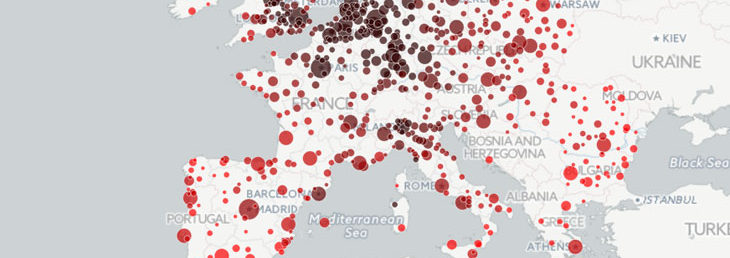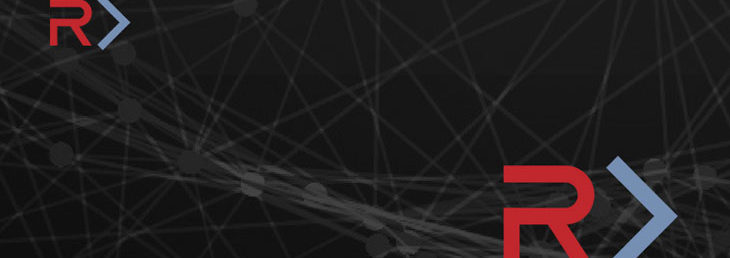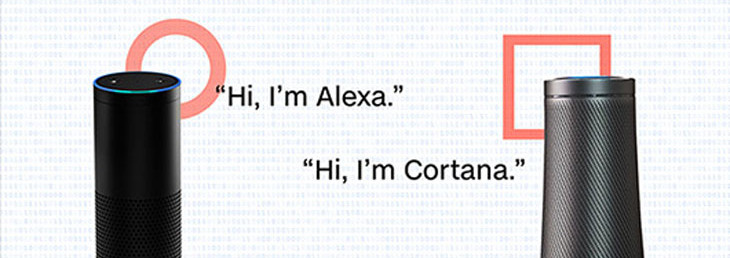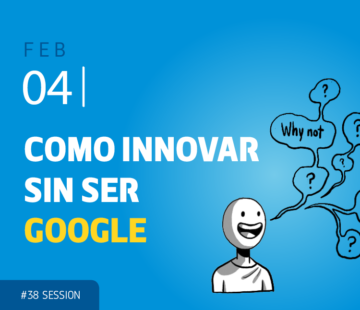More on smart cities getting smarter by collaborating
As we argued in our latest post, collaboration could make the major difference to the development of the smart city. Then, we mentioned some of the many new models of cooperation and engagement that cities wanting to become smarter could leverage. Now is time to consider some other models as sharing data and public-private partnerships.

For Smart Cities, to collaborate is the smartest thing to do
Considering the broad and diverse kind of stakeholders, expertise, knowledge, technologies, etc. needed for an average Smart City project, it is difficult to imagine any that does not require the commitment and dedication of a collective team. As in many other cases, we too think collaboration should be a key factor implementing a truly transformative Smart City strategy.

Blockchain will need coordination and agreement to fulfill its promises
Most of us may share the current enthusiasm for Blockchain immense potential. But, as often occurs, there is a long and difficult way from potentiality to actual capacity. One of the main dimensions to consider blockchain readiness for mainstream deployment is the amount of ecosystems coordination needed. Once again, as in the cases of many others emerging promising set of technologies, collaboration will become a key factor as the case of the Spanish consortium Lyra Network probes.

Microsoft Partners unite to create a ‘super-partner’ to better address Digital Transformation
The partner landscape in the IT industry can be described as a mix of reciprocal respect and fierce competition. Most of resellers and integrators would consider a heresy joining forces with potential competitors for fear of losing out on future deals. But as the market shifts and customer demands change, reliable partner-to-partner relationships are starting to be considered and formed.

Bezos and Nadella talked and now Alexa and Cortana can do it too
Important companies are betting big on AI making voice the dominant user interface of the future. However, still major hurdles need to be overcome to make it happen. Surely, one of the most annoying is that they don’t work across platforms. The recent announcement of Amazon and Microsoft making Alexa and Cortana able to communicate is yet another case of a collaboration to respond to the imperative business need of bigger ecosystems of products.

